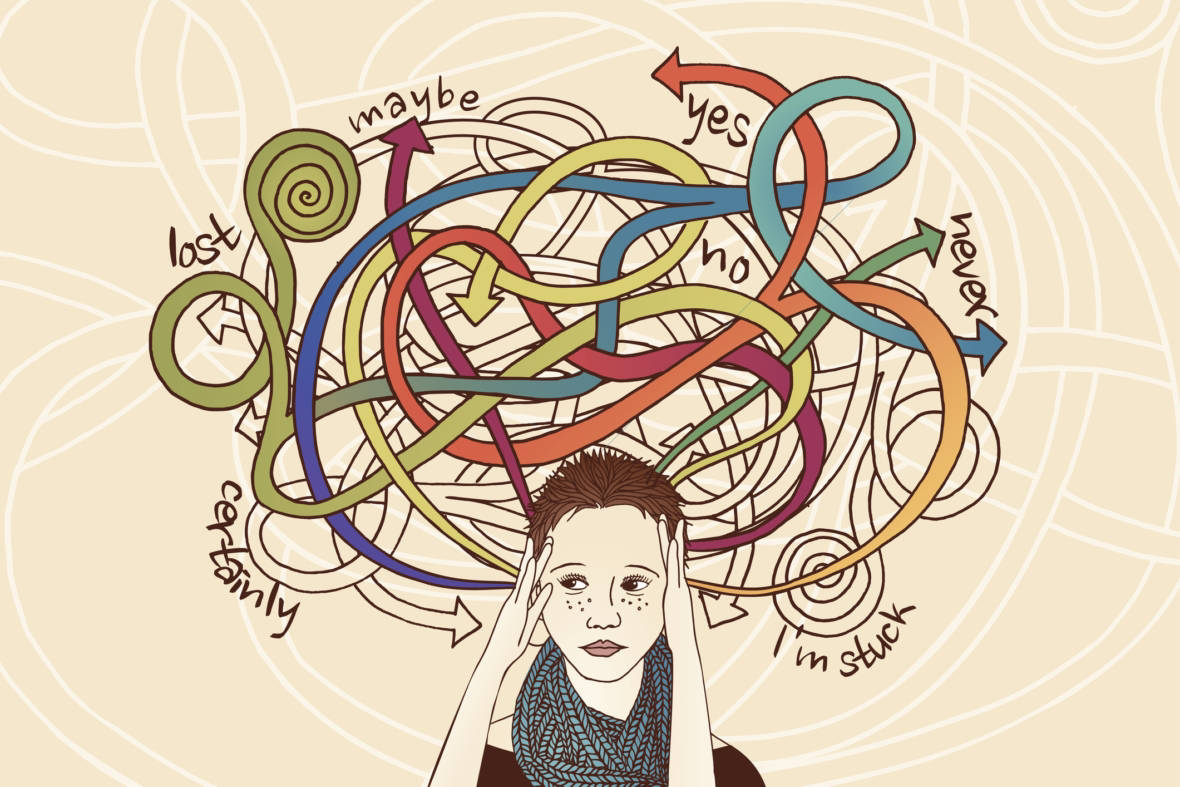Aileen Wuornos: Understanding the Mind Behind the Murders
- Get link
- X
- Other Apps
When we hear the term serial killer, our minds often jump to names like Ted Bundy or Jeffrey Dahmer. But Aileen Wuornos stands out—not just because she was a woman in a world dominated by male serial offenders, but because her story is rooted deeply in trauma, mental illness, and societal failure. Her case forces us to look beyond the crimes and into the mind of a woman shaped by pain, neglect, and desperation.
Who Was Aileen Wuornos?
Born in 1956, Aileen Wuornos had a life marked by abandonment, abuse, and homelessness. She never knew her father and lost her mother at a young age. Raised in a hostile environment, Wuornos experienced sexual abuse and was left to fend for herself as a teenager. By the late 1980s, she had turned to prostitution to survive—placing her in constant danger.
Between 1989 and 1990, Wuornos murdered seven men in Florida. Her justification: self-defense against clients who, she claimed, tried to assault her. The nature of these killings shocked America and earned her the title of the country's first female serial killer.
The Mental Health Lens
Wuornos was diagnosed with Borderline Personality Disorder (BPD), a condition characterized by emotional instability, impulsivity, and a fragmented self-image. Untreated trauma played a significant role in the progression of her mental health issues. Years of sexual abuse, abandonment, and chronic instability built a psychological storm that eventually erupted in violence.
BPD is often misunderstood, and in Wuornos' case, her symptoms were heightened by the absence of support systems or mental health care. The emotional volatility she displayed in interviews and courtrooms only highlighted the inner chaos she struggled with throughout her life.
Why Did She Do It?
Understanding Wuornos’ actions requires a closer look at the interconnected psychological, social, and environmental factors that influenced her.
She lived on the margins of society—homeless, impoverished, and constantly exposed to violence. As a sex worker, she dealt with abusive clients and lived in constant fear for her safety. Some experts suggest that her killings may have stemmed from deep-seated trauma and a survival mechanism gone horribly wrong.
Her mental illness may have impaired her ability to distinguish real threats from perceived ones. In this light, her crimes may appear less as premeditated acts of evil and more as tragic symptoms of a life lived in constant psychological turmoil.
What We Can Learn From Her Story
Aileen Wuornos' life and crimes serve as a disturbing yet crucial lesson in the importance of early intervention in mental health. Her story is not just one of violence—it’s a reflection of what happens when society fails its most vulnerable.
We must recognize the devastating impact of childhood trauma, social neglect, and untreated mental illness. Her case also reveals the harsh realities faced by women in sex work—exposed to violence with few legal or emotional safety nets.
By acknowledging the systemic gaps that shaped Wuornos’ life, we can better advocate for:
-
Accessible mental health care
-
Trauma-informed support systems
-
Social programs that protect marginalized individuals
-
A more empathetic and rehabilitative criminal justice system
Final Thoughts
Aileen Wuornos wasn’t born a killer—she was made one by a lifetime of suffering, rejection, and untreated mental illness. While her actions can’t be excused, they can and should be understood. Her story pushes us to look beyond crime and into the why—so we can build a society that heals instead of punishes, supports instead of discards.
Let’s remember: every tragedy starts somewhere. And sometimes, it starts with a child who needed help and never got it.
by Mansi Dwivedi
picture - Aileen Wuornos
picture source - https://www.google.com/
- Get link
- X
- Other Apps



Comments
Post a Comment